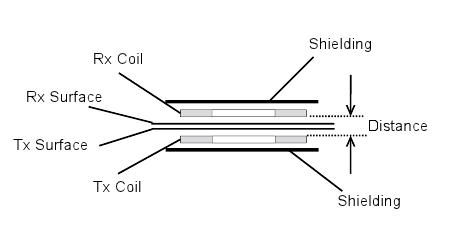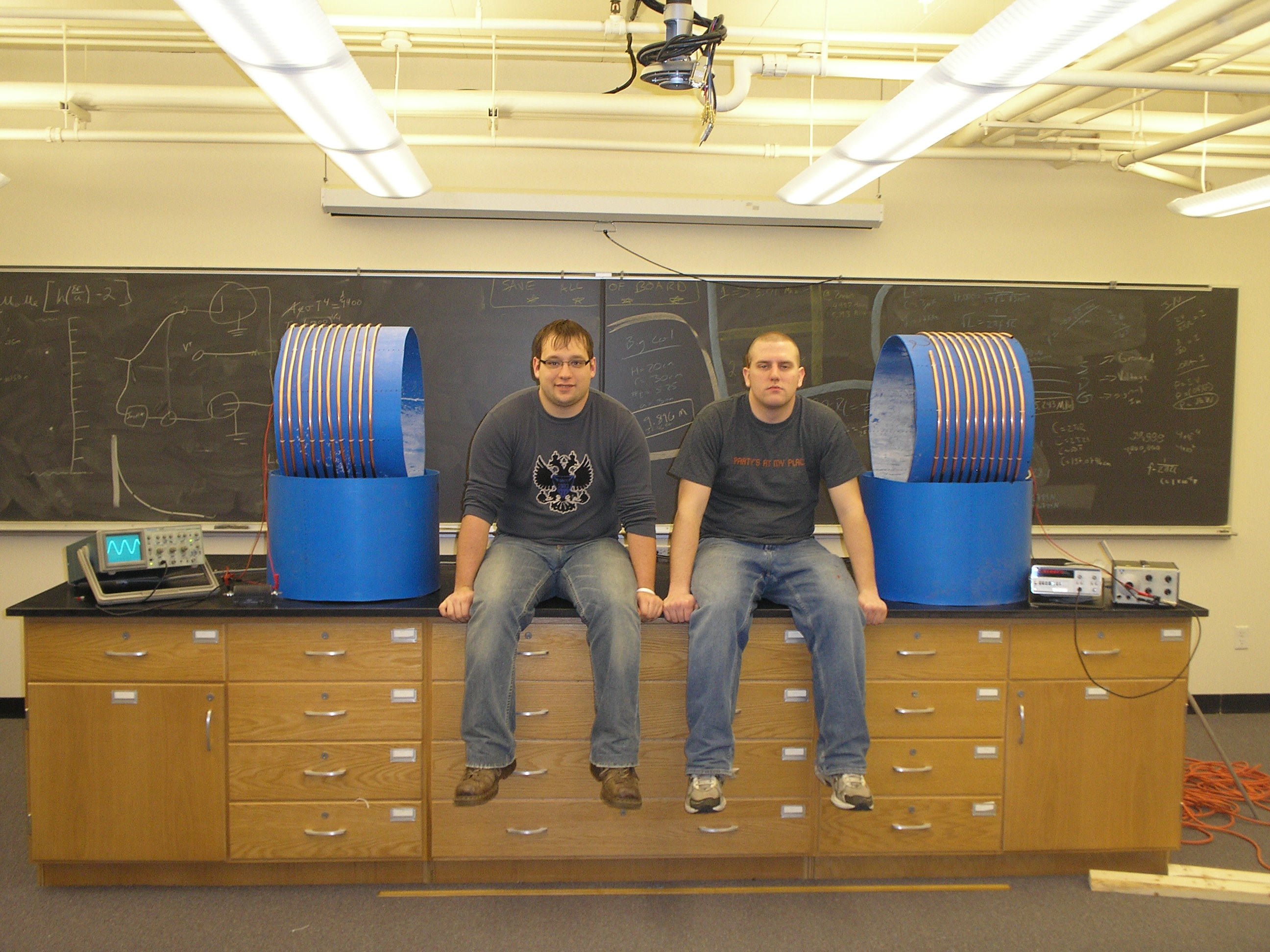As a young guy, open to the world, it's easy to be drawn into discussions and thoughts about lots of ideas and a life force essential to all humans might as well be in the mix. Some proponents even believe that all matter derives from ch'i, which at least has a science parallel.
You may not agree on what ch'i (Qi in Chinese- 氣气, 気 Japanese Ki, 기 Korean Gi) is, there are lots of varying flavors philosophically, and you might be interested to know there's some disagreement over another kind of wireless power too; the kind that will charge your mobile phone, for example, and maybe charge more in the future.
Wireless power made big news again when MIT debuted WiTricity in 2007. Obviously wireless 'power' is not a new idea, it's been understood for centuries and radio waves are the best known example of it in an applied sense but that kind of approach is too wasteful for electricity, since radiation spreads in all directions. Using coupled resonant objects allows energy to be exchanged much more efficiently and magnetic fields interact weakly with biological organisms so that was where MIT focused and others too.
But the struggle for a standard, where powered devices interact with each other seamlessly, doesn't end with inductive coupling. The real debate always becomes about letting the marketplace decide versus a standard from the beginning. BetaMax and VHS fought to the death and the best technology lost but the marketplace loved the winner. Blu-ray and HD DVD fought to the death and the best technology won but the marketplace hasn't really embraced it. Bluetooth and Wi-Fi fought and both survived but went on to do different things.
Wireless charging is a tiny market but it feels like there is a winner because one company, Powermat, has the lion's share of revenue. If you were following technology in October, 2001 when Apple announced the iPod, you may also have thought that was a bad move because lots of .mp3 players already existed too and Creative Labs sold a lot of them. In reality, the market for wireless charging, like what it was then for an .mp3 player, is 50X what it is today and so the fight is on. Or is there a fight? There are a few competing methods for the consumer market but they aren't terribly dissimilar.

Source: WPC
Aside from inductive coupling, there is conductive coupling from companies like Duracell but that doesn't 'feel' wireless. Far-field magnetic resonance may be too spooky in a world where media reports make people scared to use a cell phone and radiation is a dirty word. Basically the struggle would seem to be down to something like WiTricity, whose magnetic resonance does not require the device and charger to be really close (Bluetooth range) while market leader Powermat and the Wireless Power Consortium’s newer Qi specification uses tightly coupled wireless charging. WPC is no small player, it is composed of companies like Philips, Energizer, Samsung, LG, Sony-Ericsson and Nokia.
To figure out where things were going, I got on the phone with Dr. Menno Treffers, senior director of standardization at Phillips and chairman of the Wireless Power Consortium (WPC). He's been at Phillips a long time, having joined in 1985 after completing his PhD in physics at Leiden University, so he's seen plenty of standards fights before. He's contributed to successes, like Blu-ray and DVD+RW, and flops like Super Audio CD, so his ability to give an assessment of why a standard may work and why it may not is exceptional.
The key benefit, he noted, is for consumers. "People are comfortable with wireless charging in a toothbrush or a phone and a standard opens that up to medical devices and more portable technology is ideal. The Qi specification gives unlimited design freedom because it is a framework to guarantee interoperability."
The companies in the consortium pay a nominal fee and receive royalty-free access to patent technology. Why hasn't this sort of 'universal wireless charging' been adopted by everyone then? Some companies would like to have a longer range and power has always been a debate. That's not new; Thomas Edison may be considered the father of American electricity but George Westinghouse made possible the Alternating Current (AC) system in use today and his competition led to the formation of Edison's General Electric.
I talked to a few electrical engineers about a true wireless power standard - no touching needed - and where that was at. The technology is obviously there, like it has been for a century, but probably not cost effective any time soon. Adding bigger coils means longer distances but people are concerned about cancer from cell phones so true long distance power may remain a public relations headache. People also seem to like easy standards, as the runaway success of Apple, Inc. has shown. Magnetic induction doesn't seem to scare people as a concept, the way transmission and radiation do. A current magnetic resonance setup for longer distance power looks kind of like this:

This setup will not resonate in the heartland. Source: Lucas Jorgensen and Adam Culberson
in conjunction with Professor Derin Sherman at Cornell
So is there a war? Intel and others may agree there is but, if so, it is the quietest one ever.
I talked in this article about Qi and their 100 or so companies making compatible devices, but I recognize a science audience may not want to buy a commercial product at all. If so, you can get your Tesla on and make your own wireless charger, courtesy of the folks at Instructables:
NOTE
(1) Not to be confused with the the Life Force movie, though a French girl playing a naked space vampire was a pretty good way to kill 90 minutes during Halloween. Probably NSFW but here is the trailer. You can tell your boss it's French, they never do anything clothed:




Comments